PRODUCT DESCRIPTION
Russian scientists have spearheaded extensive research on antifreeze materials, especially for applications involving plain concrete, reinforced concrete, prefabricated structures, and other construction elements implemented in air or ground with temperatures colder than five °C, reaching as low as -30°C in daily minimums. Interestingly, two American scientists have also contributed necessary research to antifreeze materials in recent years.
The application of antifreeze admixtures has become a widely adopted and beneficial practice for winter concreting due to its technical simplicity and effectiveness. Compared to alternative methods like steam curing or maintaining the performance members warm, these additives offer cost savings estimated at 1.2 to 1.5 times, making it a highly economical choice. Moreover, these admixtures can be used with other methods, allowing for reduced admixture amounts, faster construction, energy savings, and additional benefits.
With over forty years of experience in Russia and extremely cold regions, concrete antifreeze admixtures have proven their efficacy for non-heatable construction environments. These admixtures serve two primary purposes: lowering the freezing point of the liquid phase of concrete and contributing to the setting and hardening process. Antifreeze materials with different properties include electrolytes like sodium nitrite or sodium chloride, weaker electrolytes like aqueous ammonia solution, and non-electrolytes of organic origin, including alcohols and urea. Some combinations, such as double or triple additive systems, can further accelerate cement hydration while providing antifreeze properties. Noteworthy examples include materials like potash, calcium chloride (CC) additives, mixtures of calcium chloride (CC) and sodium chloride (SC), nitrite-calcium nitrate + urea (CNN+u), and more.
Additionally, other antifreeze admixtures have weaker antifreeze properties, yet they accelerate the setting and hardening of the cement. For instance, iron sulfate and aluminum sulfate actively contribute to rapidly forming a dense capillary cement tube structure during concrete hardening in winter conditions.
Overall, antifreeze admixtures offer a practical and efficient solution for winter concreting, backed by decades of experience and continuous research advancements from international scientific communities.
Features
- Prevent concrete from freezing
- Not using materials containing chloride in the additive composition
- Increasing the initial strength of concrete
- Accelerating the hydration process
- They are also used at a temperature of -30 degrees Celsius.
Applications
- This type of admixture can be used in cold areas or during concreting in winter.
- It is normally used for use in dry shotcrete.
Packaging
- –
Colour
- white
technical specifications
|
color |
white |
| Physical basis |
powder |
|
density |
1.15 Kg/L |
| Shelf Time |
12 months |
- Familiarize yourself with the product: Understand the properties and usage guidelines of Powder Form Antifreeze (PAF™ code).
- Determine optimal dosage: Conduct tests to find the appropriate amount of antifreeze for your concrete mix and cold weather conditions.
- Consider compatibility: Ensure Powder Form Antifreeze is compatible with other concrete additives used in your project.
- Adhere to safety measures: Follow safety instructions, use proper protective equipment, and store the product safely.
- Optimize mixing process: Adjust mixing procedures to ensure even distribution of the antifreeze admixture.
- Monitor and test concrete performance: Regularly assess key parameters of the concrete to evaluate its effectiveness.
- Document and analyze results: Maintain records and analyze data to improve future projects.
- Stay updated with advancements: Keep informed about the latest research and developments in antifreeze admixtures.
- Collaborate with manufacturers and experts: Seek product manufacturers’ and industry professionals’ guidance and support.
- Continuously learn and improve: Embrace learning opportunities, share knowledge, and adapt based on experience.
- Understand the product: Know the properties and guidelines for using Powder Form Antifreeze (PAF™ code).
- Collaborate with engineers: Work closely with engineers to determine proper dosage and application.
- Train your team: Provide training on handling and safety measures for Powder Form Antifreeze.
- Plan for dosage and mixing: Incorporate the antifreeze dosage into concrete plans.
- Monitor weather conditions: Stay updated on weather changes affecting concrete performance.
- Implement quality control measures: Establish a program to monitor concrete performance with the admixture.
- Document and track results: Keep detailed records of concrete mixes and test outcomes.
- Communicate with suppliers: Maintain communication with the antifreeze supplier for technical support and a steady supply.
- Prioritize safety: Ensure workers have proper PPE and follow safety procedures when using Powder Form Antifreeze.
- Seek feedback and continuous improvement: Encourage feedback and use lessons learned for future projects.
It is usually used in a dose of 1% of cement weight.
- Establish quality objectives: Define specific quality standards and performance criteria.
- Develop a quality control plan: Outline procedures, responsibilities, and communication channels.
- Conduct pre-construction inspections: Identify potential issues and mitigate risks.
- Set quality control checkpoints: Verify compliance with standards and document results.
- Perform material testing: Test construction materials at accredited laboratories.
- Monitor processes: Ensure adherence to approved methods and specifications.
- Document and maintain records: Keep organized documentation of quality control activities.
- Communicate and collaborate: Foster effective communication among stakeholders.
- Continuous improvement: Seek feedback, analyze lessons learned, and make necessary adjustments.
- Training and competence: Provide training to ensure personnel have the necessary skills.
technical documents
Photo Gallery
Technical documentation request


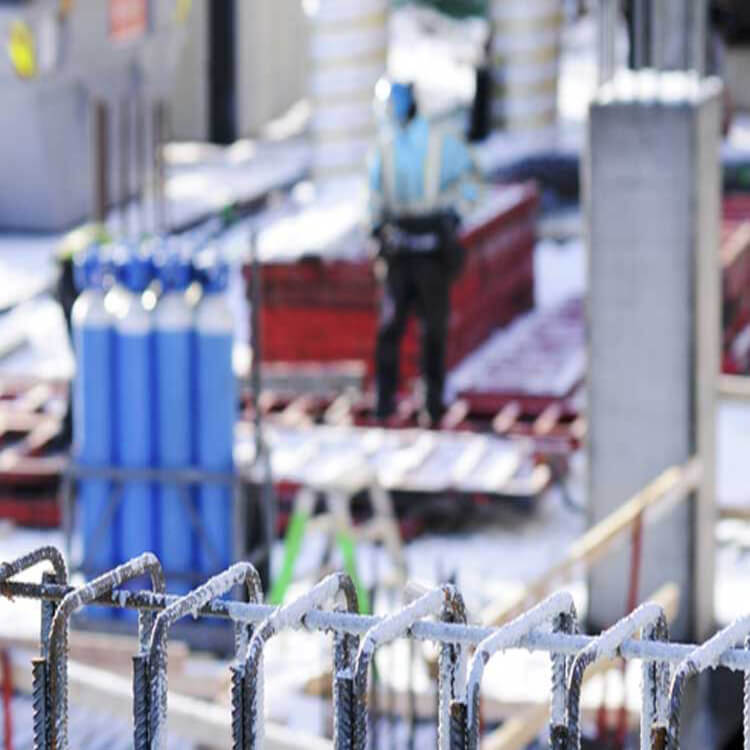
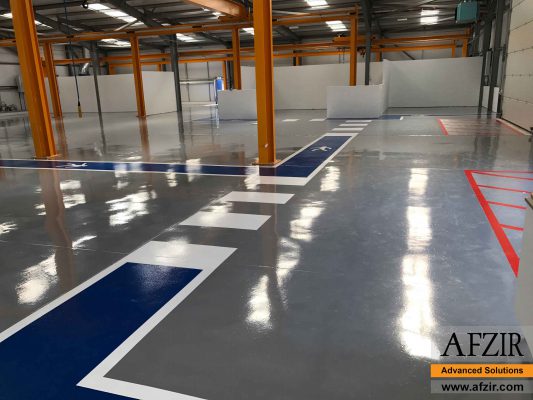
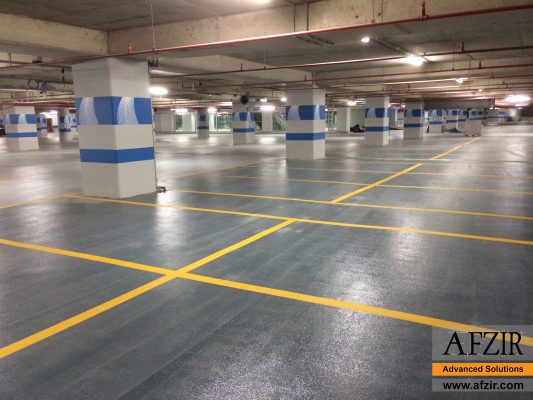






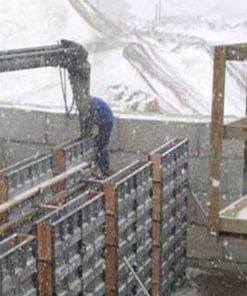


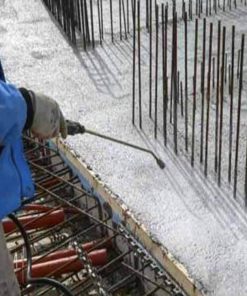
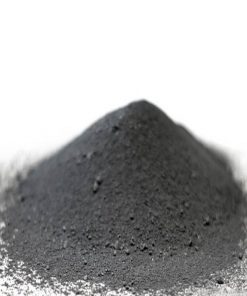
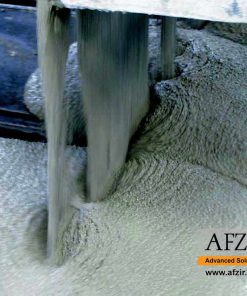
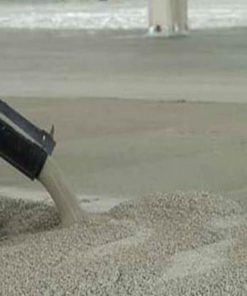
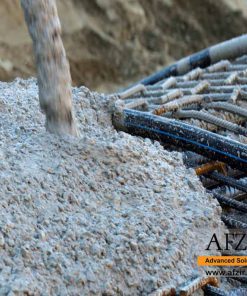







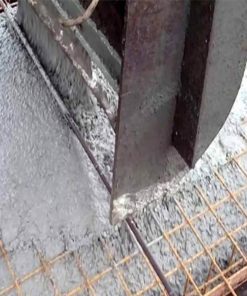
Be the first to review “Powder Form Antifreeze”